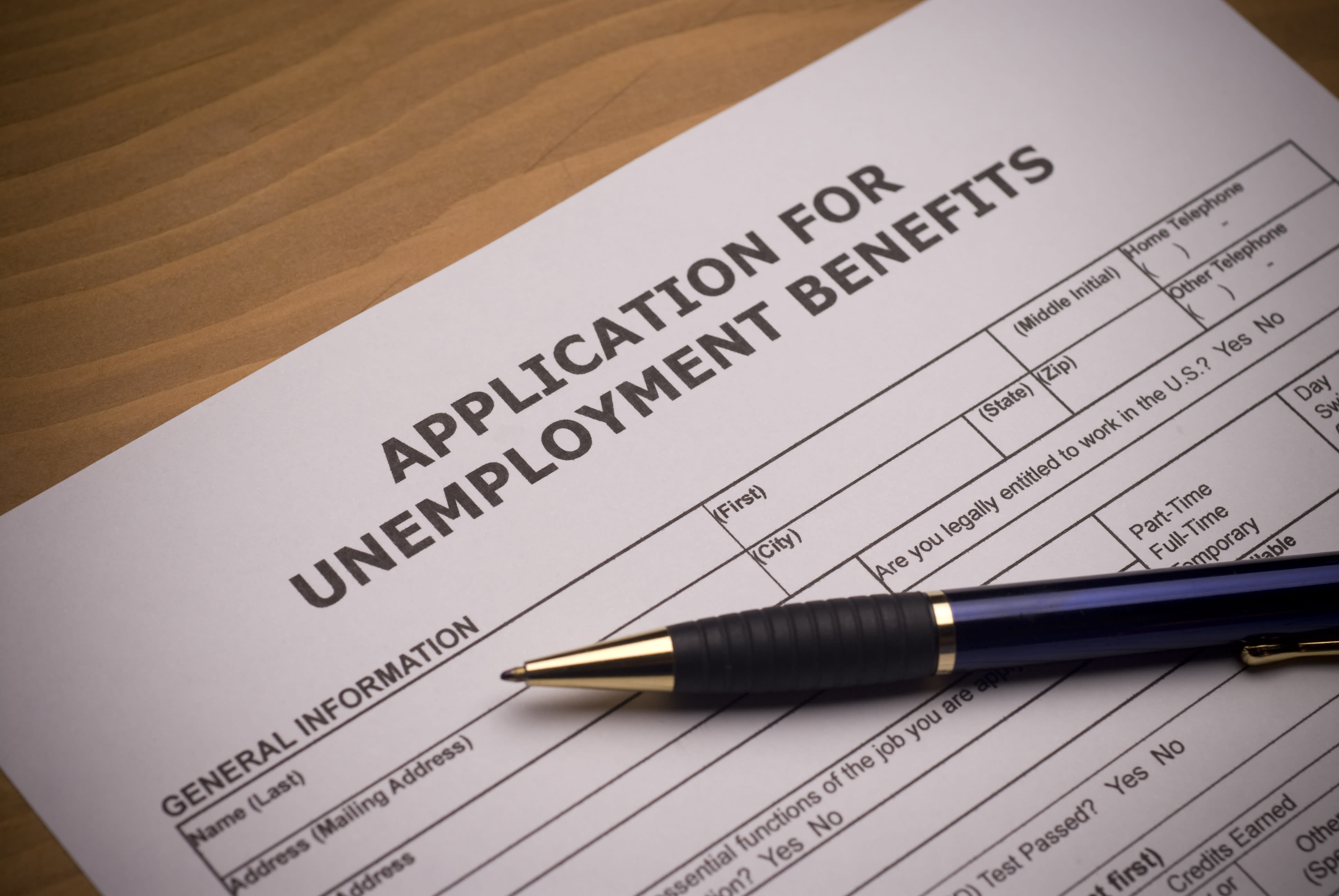
About 7,100 migrants are being stopped crossing the border daily from Mexico, U.S. authorities said Tuesday, signaling they are preparing for even more increases as the Biden administration nears a decision on whether to end sweeping asylum restrictions designed to prevent the spread of COVID-19.
Border Patrol Chief Raul Ortiz said 1,500 Cubans were stopped over the previous day, well more than double the daily average from February. Homeland Security said U.S. authorities encountered migrants an average of 7,101 times a day during the week ended Monday, compared to a daily average of about 6,800 in February among people crossing illegally and showing up at official crossings.
The increases, if sustained, may surpass levels of migration reached last year, in 2019 and other peak periods.
“This is a bipartisan issue, you have to get both sides of the parties together,” Ortiz said at Border Security Expo, an industry conference in San Antonio.
Get top local stories in San Diego delivered to you every morning. Sign up for NBC San Diego's News Headlines newsletter.
Ending COVID restrictions on asylum “will likely cause a significant increase” in arrivals at the U.S. border with Mexico, Homeland Security wrote in a 16-page document outlining more staffing and other measures to deal with more people. The department said more arrivals also reflected long-term forces driving migration to the United States, such as earthquakes, natural disasters and economic decline that results in food and housing shortages.
“During the past few years, irregular migration along the Southwest Border has increased to unprecedented levels,” the department said. “In addition to the increased migration, (Homeland Security) is seeing a pronounced shift in the demographics and nationalities of noncitizens being encountered at the land border that impacts its processes.”
Homeland Security officials said they were planning for three scenarios: the current level of illegal border crossings, 12,000 and 18,000, an astounding number but one that they said was simply to be prepared and not a projection.
The department said it created a Southwest Border Coordinating Center to respond to any sharp increases, with MaryAnn Tierney, a regional director of the Federal Emergency Management Agency, as interim leader and a Border Patrol official as deputy.
Get updates on what's happening in San Diego to your inbox. Sign up for our News Headlines newsletter.
The administration is particularly challenged by migrants from countries that have traditionally not sent such large numbers of people to the U.S., including Cuba, Nicaragua, Venezuela and Colombia.
Since March 2020, the U.S. has used a public health order aimed at limiting the spread of COVID-19 to expel migrants more than 1.7 million times without a chance to seek asylum. The U.S. Centers for Disease Control and Prevention is expected to decide this week whether to extend Title 42, named for a 1944 public health law.
Some migrants from countries such as Cuba have continued to be released in the U.S. to pursue asylum because costs and diplomatic challenges prevent the U.S. from sending them home.
COVID-19 rates have been plunging among migrants crossing the border, raising more questions about the scientific grounds for Title 42. While there is no aggregate rate for migrants, test results from several major corridors for illegal border crossings suggest it is well below levels that have triggered concerns among U.S. officials.
In California, 54 of 2,877 migrants tested positive the first two weeks of March, according to the state Department of Social Services. That’s a rate of just 1.9%, down from a peak of 28.2% on Jan. 8.
In Pima County, Arizona, which includes Tucson, the seven-day positivity rate among migrants didn’t exceed 1.3% in early March. The positivity rate among 5,300 migrants tested last month at the Regional Center for Border Health near Yuma, Arizona, was 0.1%.
McAllen, Texas, the largest city in the busiest corridor for illegal crossings, has a higher rate among migrants — 11.3% for the week ending March 16 — but it has been consistently lower than the general population.




